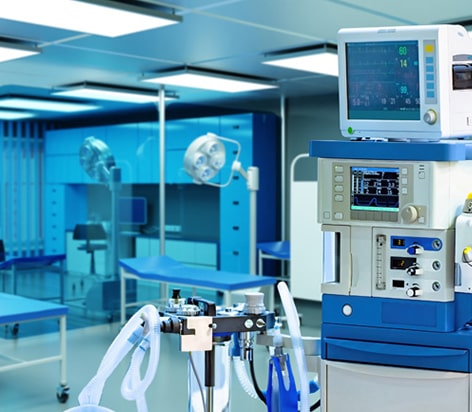
Non-operating room anesthesia involves the administration of anesthesia outside the operating theatre for patients undergoing uncomfortable or painful procedures. The procedures requiring non-operating room anesthesia include esophagogastroduodenoscopy (EGD), endoscopic retrograde cholangiopancreatography (ERCP), endobronchial ultrasound with transbronchial needle aspiration, bronchoalveolar lavages, balloon bronchoplasty, percutaneous transcatheter aortic valve replacement, percutaneous coronary intervention, radiological imaging, and in-vitro fertilization retrieval.